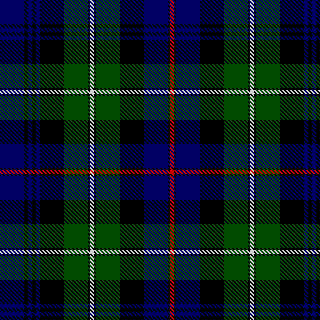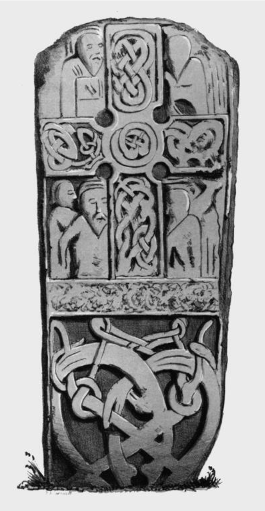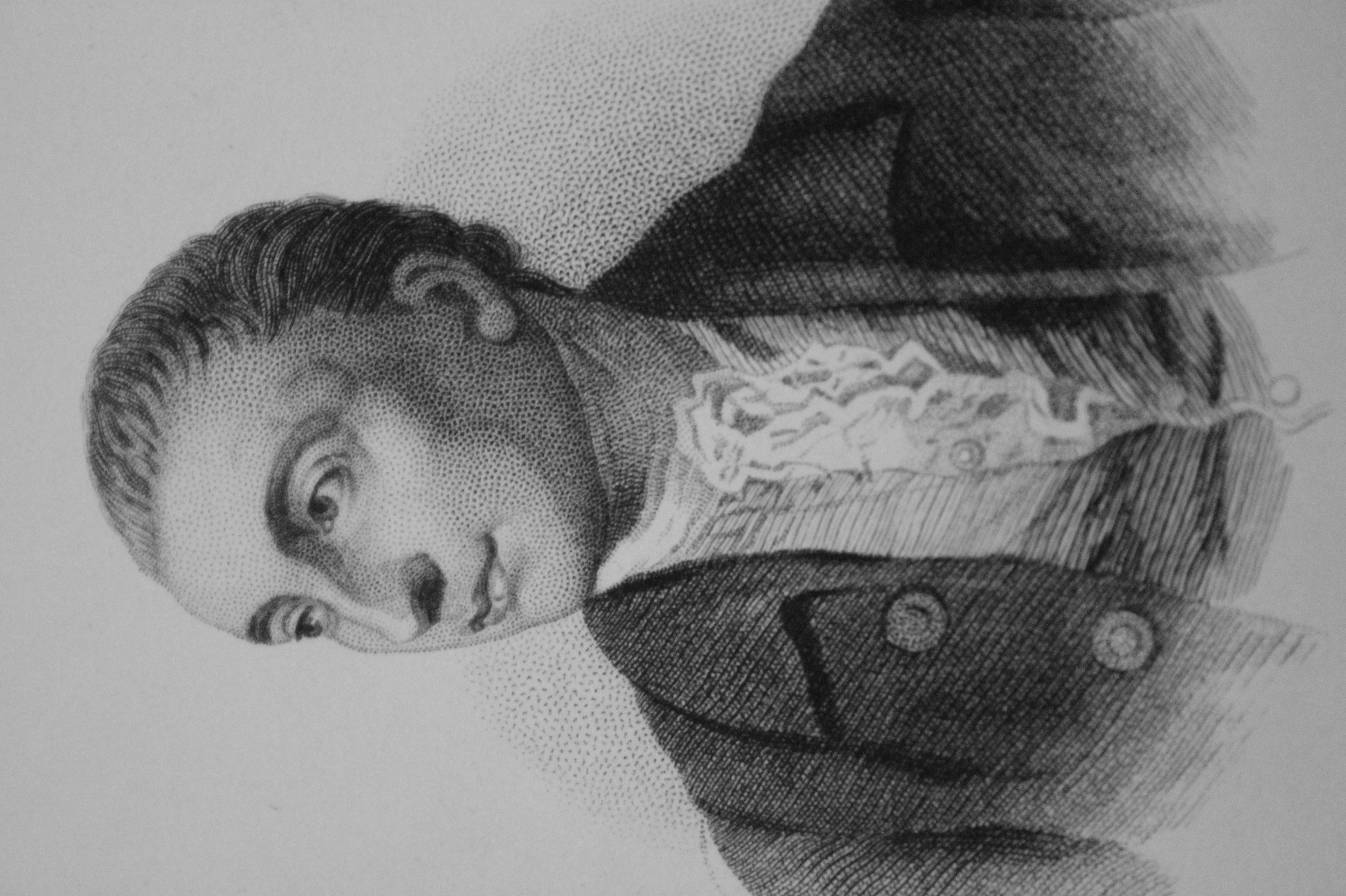|
72nd Regiment, Duke Of Albany's Own Highlanders
The 72nd Highlanders was a British Army Highland Infantry Regiment of the Line. Raised in 1778, it was originally numbered 78th, before being redesignated the 72nd in 1786. Under the Childers Reforms it amalgamated with the 78th (Highlanders) Regiment to form the 1st Battalion of the Seaforth Highlanders in 1881. History Early history The regiment was raised in the Western Highlands by Kenneth Mackenzie, Earl of Seaforth as the Seaforth (Highland) Regiment in January 1778 as an act of gratitude for the restoration of the family Earldom which had been forfeited during the Jacobite rising of 1715. A corps of 1,130 men was raised of whom 900 were Highlanders and the remainder came from the Lowlands: it was established at Elgin, its first base, in May 1778. In August 1778 the regiment marched to Leith to embark for India – but a dispute regarding their terms of service led about half the men to march back to Edinburgh where they took up a position of protest on Arthur's Seat ... [...More Info...] [...Related Items...] OR: [Wikipedia] [Google] [Baidu] |
Infantry
Infantry is a military specialization which engages in ground combat on foot. Infantry generally consists of light infantry, mountain infantry, motorized infantry & mechanized infantry, airborne infantry, air assault infantry, and marine infantry. Although disused in modern times, heavy infantry also commonly made up the bulk of many historic armies. Infantry, cavalry, and artillery have traditionally made up the core of the combat arms professions of various armies, with the infantry almost always comprising the largest portion of these forces. Etymology and terminology In English, use of the term ''infantry'' began about the 1570s, describing soldiers who march and fight on foot. The word derives from Middle French ''infanterie'', from older Italian (also Spanish) ''infanteria'' (foot soldiers too inexperienced for cavalry), from Latin '' īnfāns'' (without speech, newborn, foolish), from which English also gets '' infant''. The individual-soldier term ''infantry ... [...More Info...] [...Related Items...] OR: [Wikipedia] [Google] [Baidu] |
78th (Highlanders) Regiment Of Foot
The 78th (Highlanders) Regiment of Foot was a Highland Infantry Regiment of the Line, raised in 1793. Under the Childers Reforms it amalgamated with 72nd Regiment, Duke of Albany's Own Highlanders to form the Seaforth Highlanders in 1881. History Early history The regiment was raised by Francis Humberston MacKenzie, Chief of the Clan Mackenzie and later Lord Seaforth, as the 78th (Highlanders) Regiment of Foot (or The Ross-shire Buffs) on 8 March 1793. First assembled at Fort George in July 1793, the regiment moved to the Channel Islands in August 1893, and embarked for Holland in September 1794 for service in the French Revolutionary Wars. It saw action at the defence of Nijmegen in November 1794. In a bayonet attack there the regiment lost one officer and seven men; a further four officers and 60 men were wounded. The regiment moved to England in April 1795 and then sailed to France for the Battle of Quiberon Bay in June 1795 and the landing at Île d'Yeu, off the B ... [...More Info...] [...Related Items...] OR: [Wikipedia] [Google] [Baidu] |
Jersey
Jersey ( , ; nrf, Jèrri, label=Jèrriais ), officially the Bailiwick of Jersey (french: Bailliage de Jersey, links=no; Jèrriais: ), is an island country and self-governing Crown Dependencies, Crown Dependency near the coast of north-west France. It is the largest of the Channel Islands and is from the Cotentin Peninsula in Normandy. The Bailiwick consists of the main island of Jersey and some surrounding uninhabited islands and rocks including Les Dirouilles, Écréhous, Les Écréhous, Minquiers, Les Minquiers, and Pierres de Lecq, Les Pierres de Lecq. Jersey was part of the Duchy of Normandy, whose dukes became kings of England from 1066. After Normandy was lost by the kings of England in the 13th century, and the ducal title surrendered to France, Jersey remained loyal to the The Crown, English Crown, though it never became part of the Kingdom of England. Jersey is a self-governing Parliamentary system, parliamentary democracy under a constitutional monarchy, with its ... [...More Info...] [...Related Items...] OR: [Wikipedia] [Google] [Baidu] |
James Boswell
James Boswell, 9th Laird of Auchinleck (; 29 October 1740 (New Style, N.S.) – 19 May 1795), was a Scottish biographer, diarist, and lawyer, born in Edinburgh. He is best known for his biography of his friend and older contemporary the English writer Samuel Johnson, which is commonly said to be the greatest biography written in the English language. A great mass of Boswell's diaries, letters and private papers were recovered from the 1920s to the 1950s, and their ongoing publication by Yale University has transformed his reputation. Early life Boswell was born in Blair's Land on the east side of Parliament Close behind St Giles' Cathedral in Edinburgh on 29 October 1740 (New Style, N.S.). He was the eldest son of a judge, Alexander Boswell, Lord Auchinleck, and his wife Euphemia Erskine. As the eldest son, he was heir to his family's estate of Auchinleck in Ayrshire. Boswell's mother was a strict Calvinist, and he felt that his father was cold to him. As a child, he was delica ... [...More Info...] [...Related Items...] OR: [Wikipedia] [Google] [Baidu] |
Arthur's Seat
Arthur's Seat ( gd, Suidhe Artair, ) is an ancient volcano which is the main peak of the group of hills in Edinburgh, Scotland, which form most of Holyrood Park, described by Robert Louis Stevenson as "a hill for magnitude, a mountain in virtue of its bold design". It is situated just to the east of the city centre, about to the east of Edinburgh Castle. The hill rises above the city to a height of , provides excellent panoramic views of the city and beyond, is relatively easy to climb, and is popular for hillwalking. Though it can be climbed from almost any direction, the easiest and simplest ascent is from the east, where a grassy slope rises above Dunsapie Loch. At a spur of the hill, Salisbury Crags has historically been a rock climbing venue with routes of various degrees of difficulty. Until recently rock climbing was restricted to the South Quarry, but access is currently banned altogether by Historic Environment Scotland. Name It is sometimes said that its name is de ... [...More Info...] [...Related Items...] OR: [Wikipedia] [Google] [Baidu] |
Edinburgh
Edinburgh ( ; gd, Dùn Èideann ) is the capital city of Scotland and one of its 32 Council areas of Scotland, council areas. Historically part of the county of Midlothian (interchangeably Edinburghshire before 1921), it is located in Lothian on the southern shore of the Firth of Forth. Edinburgh is Scotland's List of towns and cities in Scotland by population, second-most populous city, after Glasgow, and the List of cities in the United Kingdom, seventh-most populous city in the United Kingdom. Recognised as the capital of Scotland since at least the 15th century, Edinburgh is the seat of the Scottish Government, the Scottish Parliament and the Courts of Scotland, highest courts in Scotland. The city's Holyrood Palace, Palace of Holyroodhouse is the official residence of the Monarchy of the United Kingdom, British monarchy in Scotland. The city has long been a centre of education, particularly in the fields of medicine, Scots law, Scottish law, literature, philosophy, the sc ... [...More Info...] [...Related Items...] OR: [Wikipedia] [Google] [Baidu] |
India
India, officially the Republic of India (Hindi: ), is a country in South Asia. It is the seventh-largest country by area, the second-most populous country, and the most populous democracy in the world. Bounded by the Indian Ocean on the south, the Arabian Sea on the southwest, and the Bay of Bengal on the southeast, it shares land borders with Pakistan to the west; China, Nepal, and Bhutan to the north; and Bangladesh and Myanmar to the east. In the Indian Ocean, India is in the vicinity of Sri Lanka and the Maldives; its Andaman and Nicobar Islands share a maritime border with Thailand, Myanmar, and Indonesia. Modern humans arrived on the Indian subcontinent from Africa no later than 55,000 years ago., "Y-Chromosome and Mt-DNA data support the colonization of South Asia by modern humans originating in Africa. ... Coalescence dates for most non-European populations average to between 73–55 ka.", "Modern human beings—''Homo sapiens''—originated in Africa. Then, int ... [...More Info...] [...Related Items...] OR: [Wikipedia] [Google] [Baidu] |
Leith
Leith (; gd, Lìte) is a port area in the north of the city of Edinburgh, Scotland, founded at the mouth of the Water of Leith. In 2021, it was ranked by '' Time Out'' as one of the top five neighbourhoods to live in the world. The earliest surviving historical references are in the royal charter authorising the construction of Holyrood Abbey in 1128 in which it is termed ''Inverlet'' (Inverleith). After centuries of control by Edinburgh, Leith was made a separate burgh in 1833 only to be merged into Edinburgh in 1920. Leith is located on the southern coast of the Firth of Forth and lies within the City of Edinburgh Council area; since 2007 it has formed one of 17 multi-member wards of the city. History As the major port serving Edinburgh, Leith has seen many significant events in Scottish history. First settlement The earliest evidence of settlement in Leith comes from several archaeological digs undertaken in The Shore area in the late 20th century. Amongst the fi ... [...More Info...] [...Related Items...] OR: [Wikipedia] [Google] [Baidu] |
Elgin, Moray
Elgin (; sco, Ailgin; gd, Eilginn, ) is a town (former cathedral city) and formerly a Royal Burgh in Moray, Scotland. It is the administrative and commercial centre for Moray. The town originated to the south of the River Lossie on the higher ground above the floodplain where the town of Birnie is. There, the church of Birnie Kirk was built in 1140 and serves the community to this day. Elgin is first documented in the Cartulary of Moray in 1190 AD. It was created a royal burgh in the 12th century by King David I of Scotland, and by that time had a castle on top of the present-day Lady Hill to the west of the town. The origin of the name Elgin is likely to be Celtic. It may derive from 'Aille' literally signifying beauty, but in topography a beautiful place or valley. Another possibility is 'ealg', meaning both 'Ireland' and 'worthy'. The termination 'gin' or 'in' are Celtic endings signifying little or diminutive forms, hence Elgin could mean beautiful place, worthy place or litt ... [...More Info...] [...Related Items...] OR: [Wikipedia] [Google] [Baidu] |
Jacobite Rising Of 1715
The Jacobite rising of 1715 ( gd, Bliadhna Sheumais ; or 'the Fifteen') was the attempt by James Edward Stuart (the Old Pretender) to regain the thrones of England, Ireland and Scotland for the exiled Stuarts The House of Stuart, originally spelt Stewart, was a royal house of Scotland, England, Ireland and later Great Britain. The family name comes from the office of High Steward of Scotland, which had been held by the family progenitor Walter fi .... At Braemar, Aberdeenshire, local landowner the John Erskine, Earl of Mar (1675–1732), Earl of Mar raised the Jacobite standard on 27 August. Aiming to capture Stirling Castle, he was checked by the much-outnumbered Hanoverians, commanded by the John Campbell, 2nd Duke of Argyll, Duke of Argyll, at Sheriffmuir on 13 November. There was no clear result, but the Earl appeared to believe, mistakenly, that he had won the battle, and left the field. After the Jacobite surrender at Battle of Preston (1715), Preston (14 Novem ... [...More Info...] [...Related Items...] OR: [Wikipedia] [Google] [Baidu] |
Earl Of Seaforth
Earl of Seaforth was a title in the Peerage of Scotland and the Peerage of Ireland. It was held by the family of Mackenzie from 1623 to 1716, and again from 1771 to 1781. History The Mackenzies trace their descent to Colin of Kintail (died 1278), and their name is a variant of Mackenneth. Kenneth, the twelfth head of the clan, was made Lord Mackenzie of Kintail in 1609, and his son Colin, who succeeded his father as 2nd Lord Mackenzie in March 1611, was created earl of Seaforth in 1623. Colin's successor was his half-brother George (died 1651), who became the 2nd earl in 1633. George was alternately a royalist and a covenanter between 1636 and 1646, and was afterwards in Holland with Charles II, who made him Secretary of State for Scotland. His grandson, Kenneth, the 4th earl, followed James VII to France and was with the dethroned king in Ireland. Elevated by James in 1690, to Marquess of Seaforth and Viscount Fortrose (in the Jacobite peerage), he was sent to head the 1689 ... [...More Info...] [...Related Items...] OR: [Wikipedia] [Google] [Baidu] |
Kenneth Mackenzie, 1st Earl Of Seaforth
Kenneth Mackenzie, 1st Earl of Seaforth FRS (15 January 1744 – 27 August 1781) was a British peer, politician, soldier and Chief of the Highland Clan Mackenzie. Origins Mackenzie was the son of Kenneth Mackenzie, Lord Fortrose (died 1761) by Mary, the eldest daughter of Alexander Stewart, 6th Earl of Galloway. His paternal grandfather was the attainted William Mackenzie, 5th Earl of Seaforth, whose estates he repurchased from the government. The Earls of Seaforth descended from the ancient family of Mackenzie of Kintail. Sir James Balfour Paul, ''The Scots Peerage'', volume 7 (David Douglas, Edinburgh, 1910), at pages 512-513 Career Mackenzie was created Viscount Fortrose and Baron Ardelve in the Peerage of Ireland on 18 November 1766. He was a Member of Parliament for Caithness from 1768 to 1774. On 3 December 1771, he was created Earl of Seaforth (a new peerage, also in the Peerage of Ireland). On 12 November 1772, Mackenzie was elected a Fellow of the Royal Societ ... [...More Info...] [...Related Items...] OR: [Wikipedia] [Google] [Baidu] |







